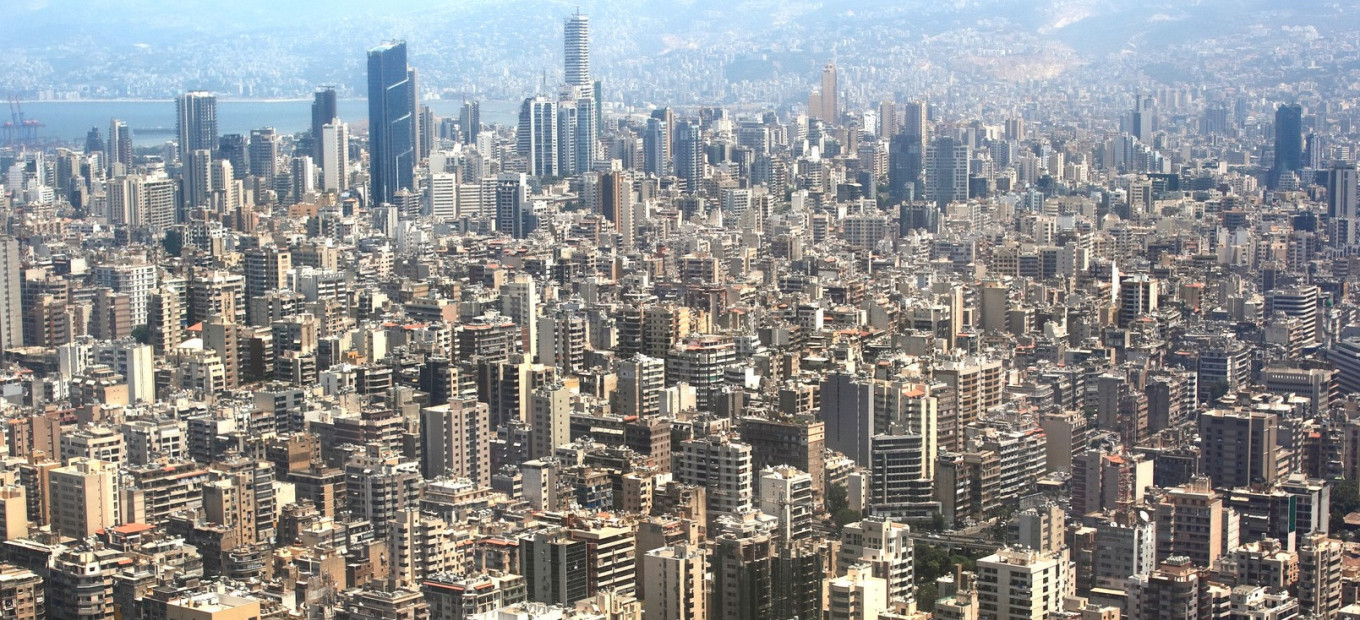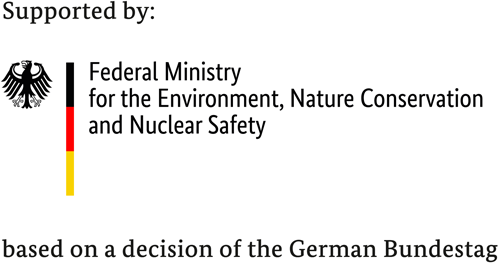Context
Continuous population and economic growth and accelerated urbanisation have increased the demand for residential areas in urban centres in the Middle East and North Africa (MENA) region. These factors lead to increased energy demand for heating and air conditioning, which has primarily been covered by fossil fuels. With improved living standards often resulting in additional installations of—usually inefficient—space cooling equipment, the cooling energy demand typically grows.
The building sector accounts for about 50 millions of tonnes of oil equivalent (Mtoe), roughly one-third of the region’s total annual energy consumption. Without any suitable countermeasures, the sector is expected to grow to 70 Mtoe (+40%) by 2030. If the current trend holds, lock-in effects will compromise the region’s transition towards a low carbon society due to the long life and renovation cycles of buildings. Efforts to limit the growing energy demand in these countries can reduce their dependency on energy imports, improve energy security, and grant new economic opportunities.
To reach the global objectives of the Paris Agreement on climate change, greenhouse gas (GHG) emissions caused by the building sector should be reduced by at least 80% by 2050. Transforming the building sector is one of the major challenges to achieving these targets. While high energy-saving potentials exist, especially in cooling countries of the MENA region, many barriers still exist.
Guidehouse experts Sven Schimschar, Dr. Karoline Steinbacher, and Moritz Schäfer of Guidehouse discuss these barriers as well as the potentials of energy efficient heating and cooling in Lebanon, Egypt, and Jordan in an interview.




